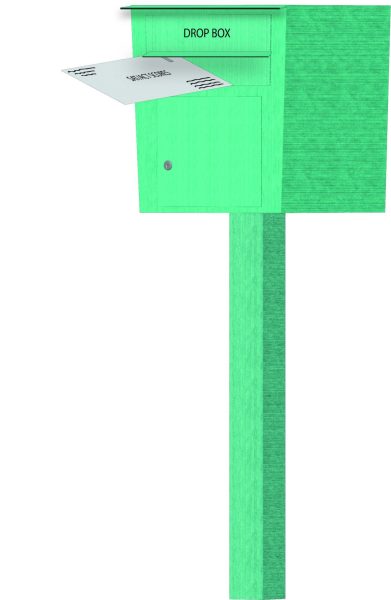Party Rockin’: Spring edition
February 9, 2021
Another unusually hot winter has passed, and we’ve finally made it to spring. If you’ve already started growing plants inside like tomatoes or leeks, it’s time to transplant them to a garden outside. If you have space to garden where you live, that’s great. If you’re renting an apartment or living in a dorm, things are a little trickier but not impossible. There are several community gardens in San Antonio, and a list of them can be found on the Sustainable SA website. Most are located in the heart of the city, a bit out of the way for UTSA students living on campus, but there are still plenty of plants you can grow in planters. Your main expenses here will be your seeds, dirt and fertilizer. You’ll have to buy your own tools if you’re gardening alone, but community gardens often have tools available for their members to use. Explaining the ins and outs of gardening would take another article altogether, but Urban Farmer has put together a comprehensive guide on starting your garden, caring for your crops and dealing with any issues that may arise.
Wherever you’re gardening, it’s important to have a good source of water for your plants. Many believe that gray water, the wastewater from your home, is bad for plants or that it carries harmful pathogens. This is mostly untrue. While there are a few chemicals that shouldn’t be used for your crops, gray water is generally safe to use. You can find a great resource for how to incorporate gray water into your garden at graywatermyths.com. If you’re not comfortable using gray water, rainwater is an equally viable option for you and your garden. While rainwater is mostly safe to drink, it can still become contaminated as it falls, or after coming into contact with feces or heavy metals. If you want to drink your rainwater, you should invest in a filtration system, but you can still use the unfiltered water for your garden or other water needs. Rainwater collection systems are cheap, clean and easy to maintain, but certain states have restrictions on the use of rainwater. In Texas, it’s legal to collect rainwater, but the collection system has to be incorporated into the design of the building and a written notice must be given to your municipality. State laws regarding rainwater collection can be found on the World Water Reserve Website. Journalist Wren Everett wrote a great guide on rainwater harvesting, which goes over several different setups for your home rain collection.
While you’re working on your garden and water needs, don’t forget to make sure those in your community also have their needs met. Conversely, don’t feel ashamed to reach out when you need help. If you really have absolutely nowhere to garden, see if someone has a plot you could use. If you’re having trouble figuring this all out by yourself, ask someone more knowledgeable than you. People won’t mind lending a hand as long as you offer that same kindness to your community. For now, harvest, replant, harvest and repeat. By the end of spring, you should have a sustainable source of food set up for yourself. Congratulations! While it may not seem like much now, you already rely less on corporations to keep you alive. Don’t worry if you can’t completely provide for yourself yet; the skills you’re learning are more important than getting off the grid right away. In the summer we’ll learn about self-sustainable energy sources, along with more skills to help you rely less on the capitalist machine. Until then, have fun taking care of your plants!











